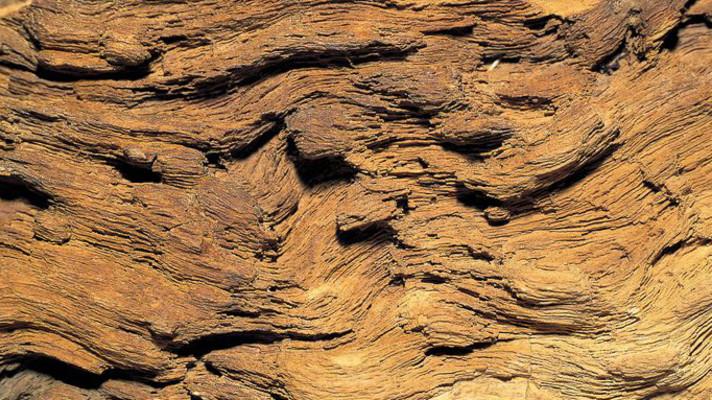Particle fragments - an overlooked hazard of oil and gas exploration
Fragments of crushed rock released into the ocean during oil and gas exploration can physically bury organisms that live on the seafloor, accounting for 55% of offshore drilling´s environmental impact, according to a recent study. To allow more informed marine policy decisions, this physical impact must be recognised alongside the impact of chemicals released in drilling waste.
Drilling for oil and gas on the seafloor releases particles of solid rock, known as `drill cuttings´ into the surrounding water. The drilling process also uses a specially formulated mixture of minerals known as `drilling mud´, some of which may be also discharged into the ocean.
Small particles (less than 0.01mm) stay suspended in the water, making it less transparent and impairing the performance of predators that rely on sight, such as fish and fish-eating birds. Particles in the water can also block feeding or respiratory organs in some species. Larger particles (over 0.01mm) sink more rapidly and can accumulate in `cutting piles´ on the seafloor, burying organisms that live in the sediment.
Chemicals, such as polycyclic aromatic hydrocarbons, and metals are also released during drilling. These are commonly included in environmental impact assessments of offshore drilling. However, the impact of particulate material on marine ecosystems has generally been overlooked.
In the new study, scientists estimated the environmental impact of particles released in drilling waste (cuttings and mud) on (i) the surrounding water and (ii) the sediment (via organism burial). Their calculations included the mass of sediment discharged; residence time in the water; the formation rate, surface area and thickness of cutting piles, organism mortality and recovery time (time taken to recover 80% of the biological population following sediment dispersal and recolonisation). Data were collected for 53 oil and gas sites on the Norwegian continental shelf in 2008.
The scientists used a Life Cycle Impact Assessment (LCIA) to compare the environmental impact of particles (in water and sediment) to other known hazards, such as toxic chemicals in production water and trace metal impurities in drilling mud (i.e. barite and ilmenite).
Physical burial of organisms accounted for 55% of the total environmental impact of drilling waste on the Norwegian shelf. Trace metals and organic chemicals in produced water contributed a further 37% and 10%, respectively. Conversely, suspended particles had little environmental impact on biological activity in the water (less than 2%). Here, trace metals produced during drilling accounted for 90% of the total environmental impact.
The scientists also made calculations on a global scale, which accounted for the fact that accumulated sediment in cutting piles produces a local effect, whereas chemicals can be transported thousands of kilometres. Globally, the impact of particles on marine ecosystems via physical burial of organisms was 31%, whereas the impact on the surrounding water was negligible (less than 0.6%).
However, 31% is still a substantial contribution to the overall impact of offshore oil and gas production and should be incorporated in future LCIAs, say the researchers. A more complete analysis will allow policy decisions to prioritise aspects of drilling that will be most responsive to environmental legislation.
Source: Veltman, K., Huijbregts, M.A.J., Rye, H. & Hertwich, E.G. (2011). Including impacts of particulate emissions on marine ecosystems in life cycle assessment (LCA): The case of offshore oil and gas production. Integrated Environmental Assessment and Management. 7:678-686.
Contact: Karin.veltman@ntnu.no
ZDROJ: Science for Environmental Policy, EU - DG Environment
